
Here's a list of the best attractions in Kathmandu based on our wonderful trip to Nepal. Most visitors usually spend about two to three days in Kathmandu, especially if they plan to explore other parts of Nepal, so these will be the top places you must visit.
These places can easily be visited within two days. We checked out some of these spots when we first arrived before heading to Annapurna Base Camp, and we visited the rest right before heading back home.
Let's dive into the list of the best attractions in Kathmandu right away!
1. Pashupatinath Temple
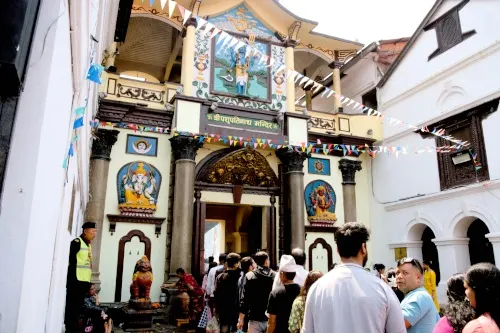
On top of the list of the best attractions in Kathmandu is Pashupatinath Temple. I wanted to share some interesting information about the Pashupatinath Temple with you. This revered Hindu temple is located next to the Bagmati River and is dedicated to Lord Shiva. It's a UNESCO-listed world heritage site and is considered one of the holiest shrines for Hindus.
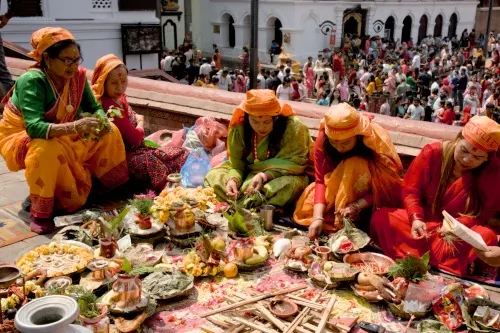
The temple complex was established by the Licchavi dynasty way back in the 4th century. During the Puja ceremony, the temple's open area becomes a center of activity, where people gather to make wishes, light oil lamps, and offer prayers to the gods, creating a sense of unity and shared devotion.
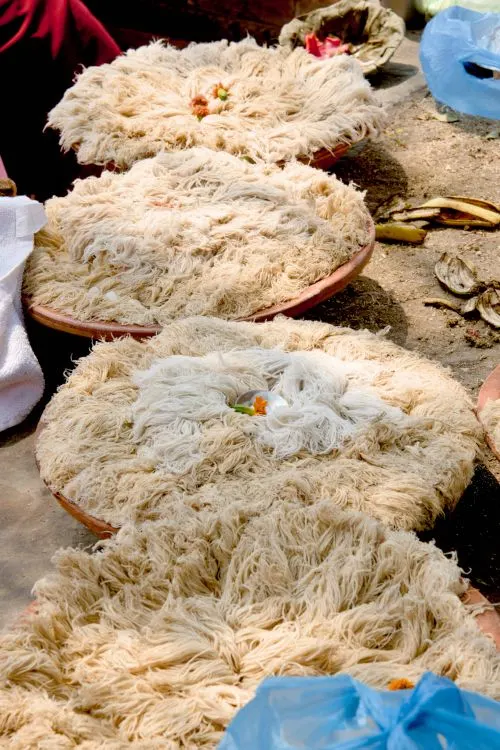
One of the fascinating Hindu traditions performed here is lighting a Lakh Batti (meaning 100,000 lamps) to fulfill wishes. For this ceremony, 100,000 wicks are soaked in oil a day before.
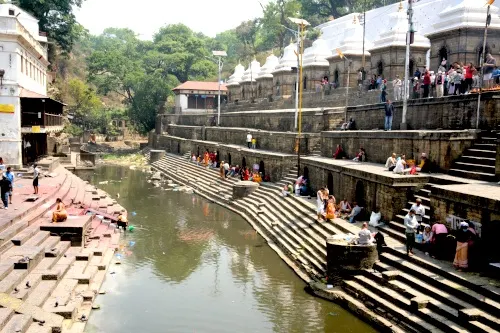
While the main temple doesn't allow non-Hindus, including foreigners and tourists, to enter, the surrounding areas of the temple complex offer plenty of other exciting things to explore.
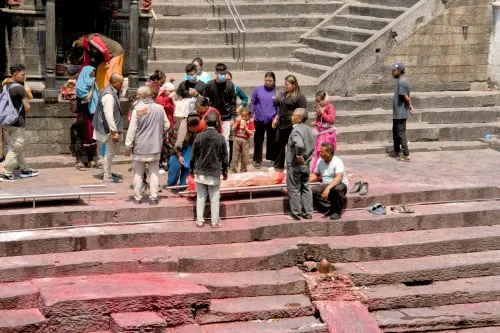
The temple also has an open area where cremation ceremonies take place. Cremations are a regular occurrence here, and Hindus consider this a sacred ritual as it releases the soul from the physical body. The cremation area, known as the Aryaghat, is situated within the temple complex on the banks of the Bagmati River and features platforms and funeral pyres for the cremation of deceased bodies.
When visiting the temple and witnessing the funeral ceremony along the Bagmati River, it's important to maintain a respectful distance by staying on the other side of the river. These areas are sacred and hold great emotional significance.
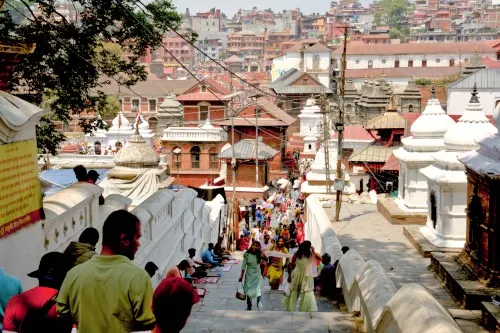
We have written a separate article about the Pashupatinath temple. You can follow this link to learn more about it.
2. Bhaktapur Durbar Square
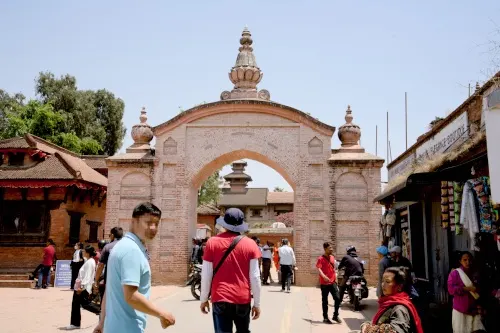
After visiting the Pashupatinath temple, we went to Bhaktapur Durbar Square.
From the 14th to the 18th century, the Malla kings resided in the Bhaktapur Durbar Square, a royal palace complex. This UNESCO World Heritage Site is famous for its well-maintained architecture, temples, and courtyards.
Due to time constraints, we couldn't explore all the temples in the square, so we decided to visit the most prominent one during our brief trip.
a. The Palace of 55 Windows
This historic palace, constructed by King Jitamitra Malla in the 15th century, is known for its intricate woodcarvings and 55 windows on the upper level. The palace's name comes from the 55 exquisitely carved windows, representing each king's 55 wives.
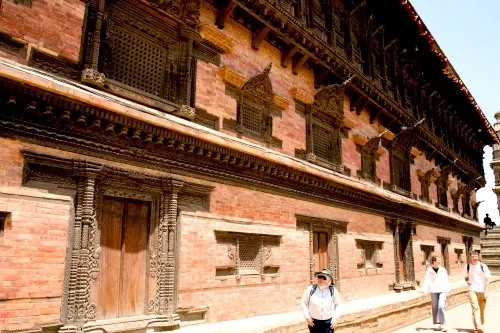
b. The Golden Gate
Constructed in 1753 by Malla King Ranjit Malla, the Golden Gate serves as the entrance to the central courtyard of the Palace of Fifty-five Windows, connecting Kumari Chowk and Taleju Mandir. It is celebrated for its intricate design and historical significance, depicting enigmatic monsters, mythical creatures, and meaningful symbols.
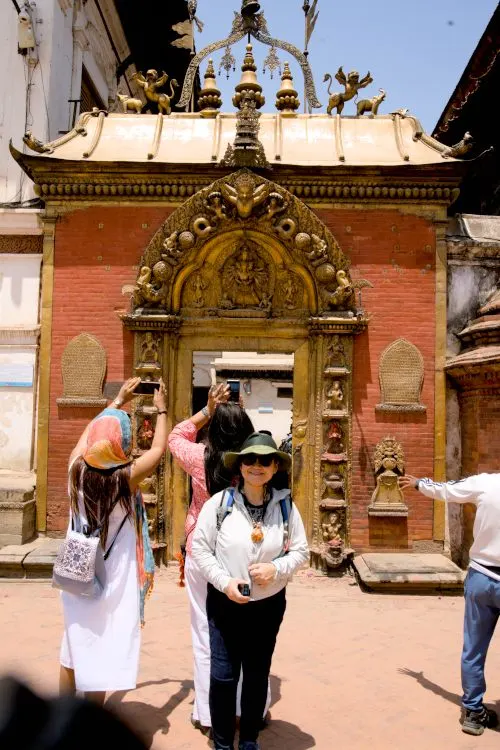
c. The Siddhi Lakshmi Temple
Adjacent to the 55-window palace, the Siddhi Lakshmi Temple, also known as Lohan Dega, showcases the distinctive Shikhara architectural style prevalent during the Malla era. Its five-tiered structure is decorated with stone guardians on each tier.
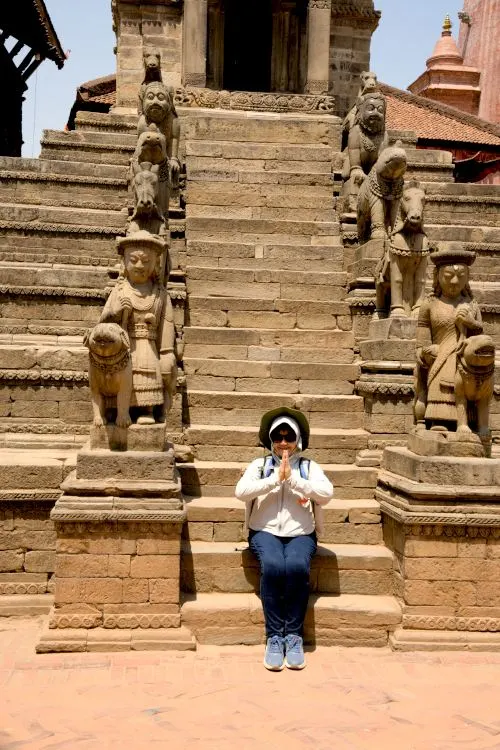
d. Nyatapola Temple
The Nyatapola Temple, a magnificent five-tiered pagoda in Taumadhi Square, proudly holds the title of the tallest temple in Nepal, reaching a height of 33.23 meters (108.26 feet). It was built under the commission of King Bhupatindra Malla and completed in 1702 AD. The temple's uniqueness lies in its five tiers, each decorated with stone statues of animals and deities that serve as guardians.
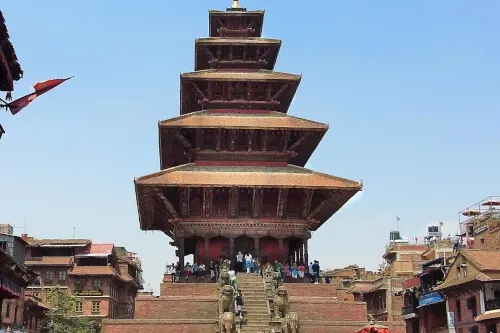
e. Dattatreya Temple
The Dattatreya Temple, located at the heart of Dattatraya Square, dates back to the 14th century and honors Dattatreya, a combined form of the Hindu deities Brahma, Vishnu, and Shiva. Renowned for its exceptional architecture and distinctive design, the temple is a sight to behold. It is believed to have been constructed using timber from a single tree. It stands elevated on a base made of brick and terracotta, intricately adorned with depictions of romantic scenes.
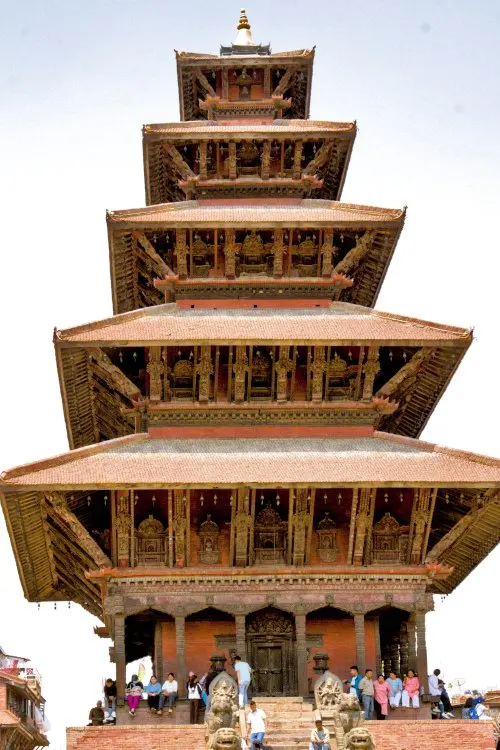
f. Pottery Square
Pottery Square is known for its pottery, traditional crafts, and cultural significance. It is south of Bhaktapur Durbar Square, which is full of clay products, local goods, and pottery training centers.
We even saw some tourists having a great time learning how to make pottery with the help of skilled potters.
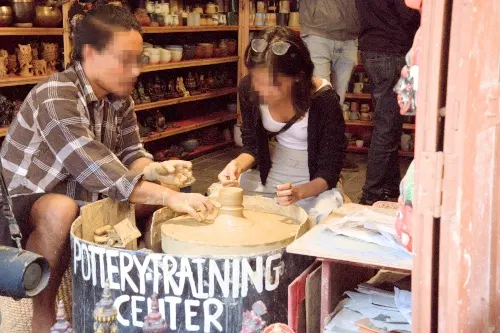
3 Swayambhu
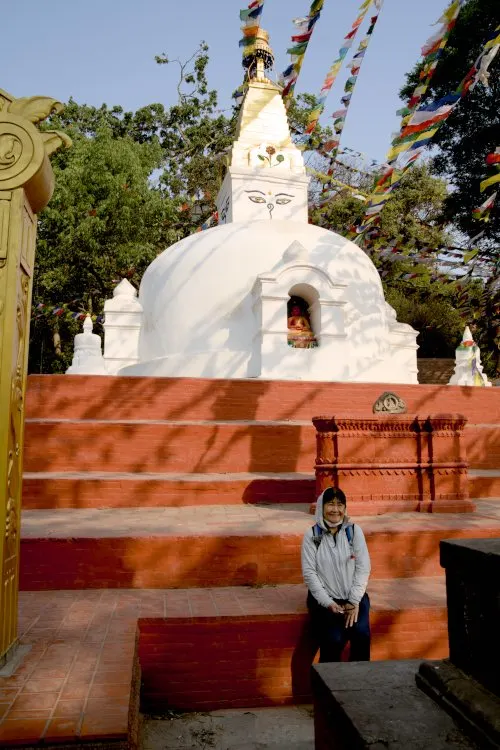
Swayambhu, also known as Swayambhunath Stupa, is located on a hill west of Kathmandu. This spot is special because it's home to ancient temples and has been recognized as a UNESCO World Heritage Site.
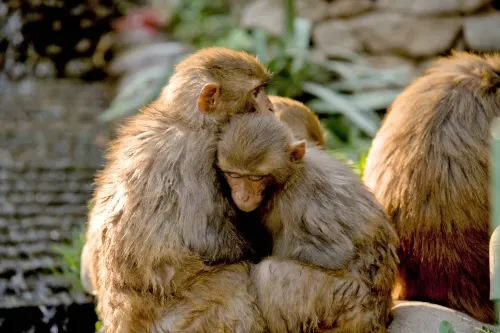
When you visit Swayambhu, you'll be treated to breathtaking panoramic views of the Kathmandu Valley. Plus, over 200 monkeys live there, which adds to its mystical charm.
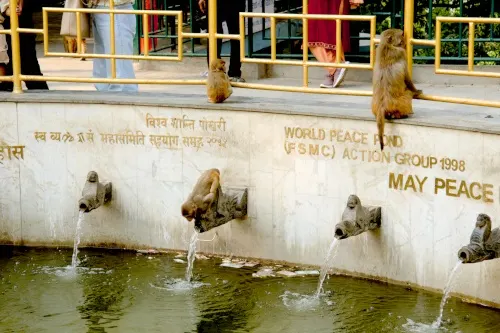
This place has a rich history dating back to the 5th century when King Vṛsadeva established it. Emperor Ashoka even visited in the 3rd century BC and built a temple on the hill.

Various rulers, including Pratap Malla, have contributed to the site's development throughout the years. Despite facing damage from historical events like the Muslim invasion of 1349 and the Nepal earthquake of April 2015, the stupa has been lovingly restored, with the most recent major renovation in May 2010, funded by the Tibetan Nyingma Meditation Center of California.
Swayambhunath, also known as the Monkey Temple, is the home of many monkeys. These monkeys are considered to be the reincarnations of lice that once lived in the hair of Manjushri, the bodhisattva of wisdom and knowledge. According to legend, as Manjushri raised the Swayambhu hill, he allowed his hair to grow long, resulting in him getting head lice. The monkeys are considered sacred and significant in the site's history and mythology.

As we climbed the stairs to the top, we saw a large stupa with Buddha's eyes and eyebrows painted on top, as well as various temples and stupas from different periods, including the Lichhavi era. This location also has a Tibetan Monastery, museum, and library.

To top it all off, we enjoy the magnificent panoramic view of Kathmandu Valley.

4. Boudhanath
Located about 11 km northeast of Kathmandu, Boudhanath is famous for its huge stupa, which stands 36 meters tall and is approximately 100 meters in diameter—making it one of the largest spherical stupas in the world.

Legend has it that the stupa was built in the 14th century, but some say it could be over 2,000 years old and might even house the remains of Buddha Kassapa.

Today, Boudhanath is a major center for Tibetan Buddhism, with over 50 monasteries and temples surrounding the stupa.
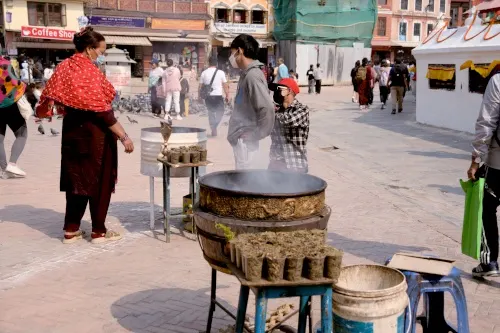
Boudhanath is a UNESCO World Heritage Site and remains a popular destination for tourists and pilgrims. We strolled around the stupa, explored the beautiful monasteries, and soaked in the unique atmosphere.

The stunning stupa is decorated with the iconic Buddha eyes painted on all four sides, symbolizing the Buddha's all-knowing nature.

I visited this place twenty years ago, and although my memory is vague, I remember it being quite remarkable. The stupa was damaged in the 2015 earthquake, but thanks to the help of generous donors, it was restored and completed by the end of 2016.
5. Patan Darbar Square
The next destination on the list of the best attractions in Kathmandu is Patan Darbar Square.

The Patan Durbar Square is unique, with its amazing Newar architecture and rich cultural heritage. The temples and monuments there hold such unique religious and cultural significance.


Patan Museum
We spent some time exploring the Patan Museum, the main attraction within the square.
It's located in a section of the former royal palace of the Malla kings and showcases over 1,100 artifacts, including stunning cast bronzes, gilt copper repoussé work, and traditional Nepali crafts.

The museum also features Hindu and Buddhist deity statues, Tibetan thangka paintings, and traditional Nepali woodcarving and metalwork examples.
The museum offers a fantastic glimpse into Nepal's cultural history, focusing on Hinduism and Buddhism's art, symbolism, and architecture.

6. Kumbheshwar Temple


Although the Kumbheshwar Temple is the last stop on our list of attractions in Kathmandu, it's certainly worth visiting.
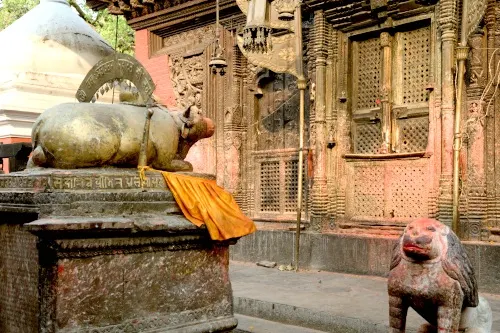
The Kumbheshwar temple complex in Patan is dedicated to the Hindu deity Shiva and is a stunning five-story structure. It's one of just two temples with five stories in the Kathmandu Valley.
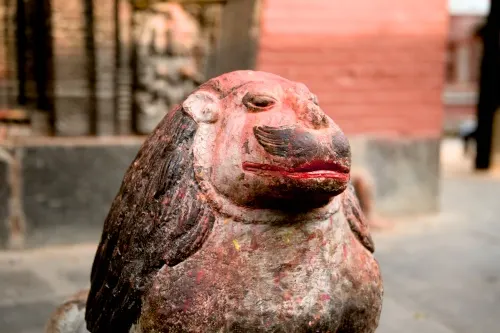
The temple is famous for its beautiful woodcarvings and houses other shrines and structures, including the Bangalamukhi temple, one of the most famous Shakti Peeths in the Kathmandu Valley.
A natural spring fills the nearby ponds, believed to come from Gosaikunda Lake in the Rasuwa District.
It's interesting to note that the temple complex is said to be the origin of the name "Patan" (also known as Lalitpur), with various stories linking the temple's water source and the city's name.
Other attractions in Kathmandu (and other parts of Nepal)
The list of the best attractions in Kathmandu can be quite extensive, but we could only visit the places mentioned above due to time constraints. We spent over two weeks in Nepal, mainly trekking to Annapurna Base Camp. You can read about our trekking experiences here.
Watch our video shot in Kathmandu
Please watch the video we made for our trip on YouTube. As below:
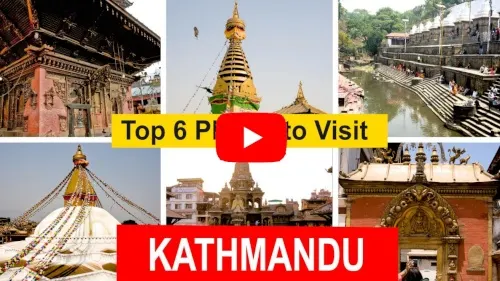
- If you're interested in reading about our Nepal trip, you can access all our articles by following this link.
- We have also posted all related YouTube videos for those who prefer watching videos at this link.
VJ Tamang, owner and tour guide of Grande Adventure, expertly organized and made our trip enjoyable. VJ can be contacted at https://www.grandeadventure.
